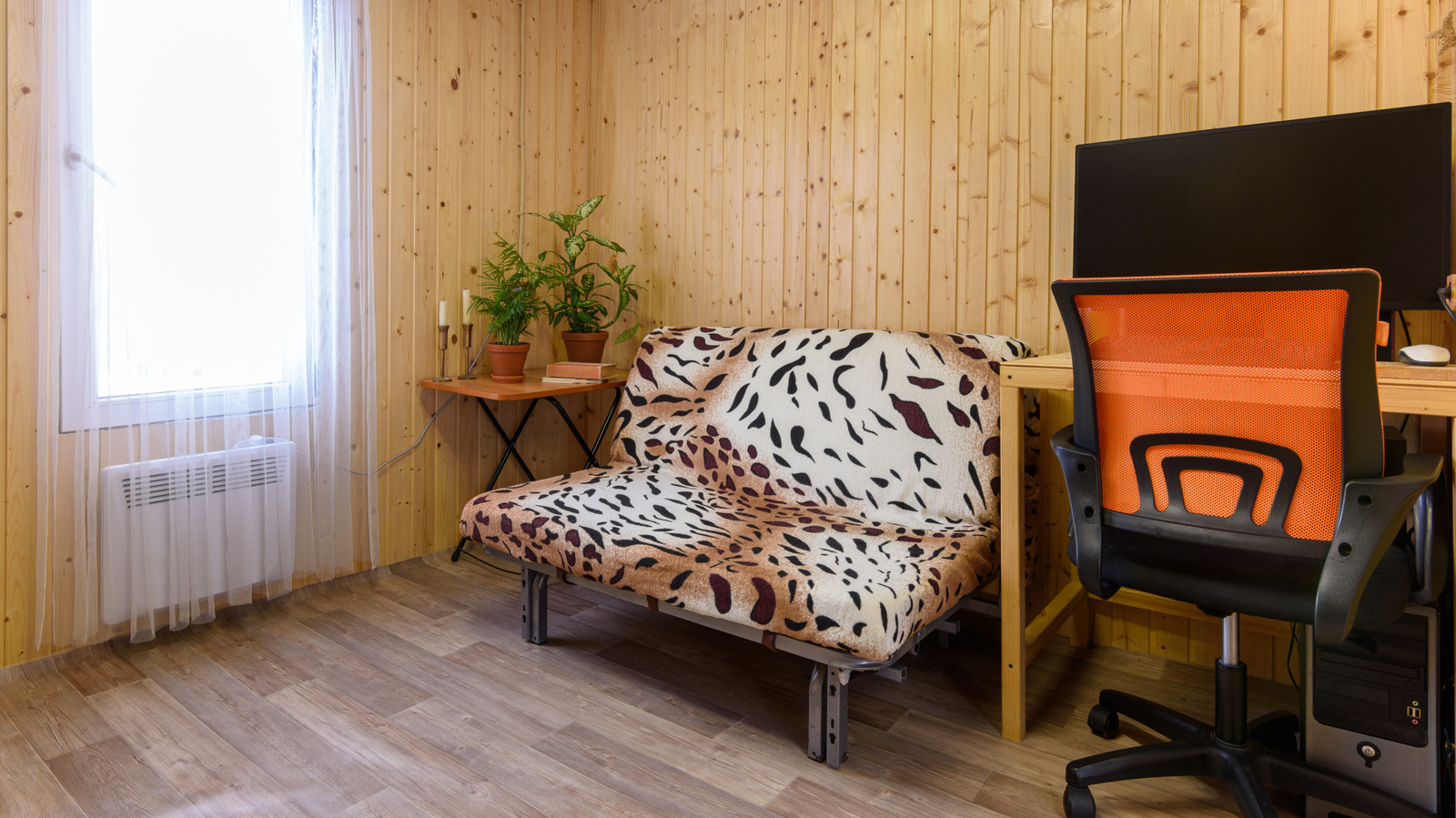
"Linoleum was invented in the 1860s and quickly gained popularity due to its affordability, ease of cleaning, and durability as a flooring option."
"In recent years, there is a growing interest in retro-chic design, prompting homeowners to reconsider materials like linoleum that were once deemed outdated."
"Linoleum is made from natural materials and is biodegradable, making it a sustainable choice compared to vinyl, which is synthetic and non-biodegradable."
"As design trends are cyclical, linoleum can once again be stylish, offering an affordable flooring solution that aligns with modern environmental concerns."
Linoleum, invented in the 1860s, was once favored for its affordability, durability, and variety of designs. However, it declined in popularity as vinyl and natural wood options emerged in the mid-20th century. Modern design trends are cyclical, leading to a renewed interest in retro aesthetics, including linoleum as a practical flooring solution. Additionally, linoleum is more sustainable than vinyl, being made from biodegradable natural materials and free of harmful chemicals, making it an appealing choice for environmentally-conscious renovations.
Read at Tasting Table
Unable to calculate read time
Collection
[
|
...
]